Immersive Reality (IR)
From Voyeurism to Presence: The Evolution of Immersive Reality in "Lethal and Young" and "Who's Afraid"
The trajectory of Andrew Jamieson's early immersive productions, "Lethal and Young" and its subsequent evolution into "Who's Afraid," offers a compelling case study in the development of an artist's approach to immersive theatre. Beginning with a foundation in a highly choreographed narrative intended for film, Jamieson's work transitioned into live performance, progressively breaking down the traditional barriers between audience and actor. This is an exploration into the history and development of these two productions, drawing upon Jamieson's own insights into their creation, the influence of Metamodernism, and the crucial role of actor chemistry in shaping the final form of "Who's Afraid."
The genesis of this artistic journey lies in "Lethal and Young," an immersive theatre experience first workshopped in Montreal in May 2016 and later in Toronto in July of the same year. Originally conceived as a film project, the script for "Lethal and Young" reveals a tightly structured two-person drama set within the confines of a sparse apartment. The dialogue-heavy script, while lacking extensive stage directions, paints a picture of a volatile and emotionally charged relationship between Conor and Julian. Even in this nascent stage of Jamieson's immersive exploration, the decision to invite the audience directly into this intimate setting was a significant departure from conventional theatre. The audience, in these early workshops, functioned as voyeurs, privy to the raw and often uncomfortable unraveling of a long-term relationship. Notably, in both iterations of "Lethal and Young," the characters of Conor and Julian remained largely unaware of the audience's presence, their interactions punctuated by subtle meta-references that hinted at the performative nature of the situation without directly acknowledging the observers. It's important to note that throughout all versions of this story, while audience members might find themselves standing or occasionally sitting on available furniture, a defining characteristic was their continual movement within the space, further dissolving the traditional separation from the performance. This initial approach to immersion prioritized proximity and the visceral impact of witnessing an intense drama unfold in a shared space.
The following year, 2017, marked a pivotal moment in Jamieson's artistic development. While working on a follow-up to "Lethal and Young," his burgeoning research into Metamodernism significantly influenced his creative direction. This theoretical framework, characterized by its oscillation between irony and sincerity, its embrace of paradox, and its questioning of grand narratives, provided a new lens through which to examine storytelling and the relationship between art and reality. This intellectual exploration led Jamieson to revisit the script and concept of "Lethal and Young," ultimately resulting in a radical reimagining that premiered as "Who's Afraid," first workshopped in his own Montreal loft in 2017.
"Who's Afraid" represented a profound evolution in Jamieson's immersive strategies. The most conventional elements of live storytelling were deliberately dismantled and replaced with experimental concepts aimed at blurring the lines between audience and performance, and ultimately submerging the audience into a "new, discrete reality." The interview conducted by Jasmina Lukanović in 2018 provides invaluable insight into this shift. Jamieson described his attempt to diminish or eliminate the boundaries of exhibition, encouraging the audience to become active participants within the world of the play. Every element of the performance space was intended to be tangible and interactive, prompting the audience to question their own existence within this created reality, one that mirrored their own yet remained distinct. Exploration of the space was actively encouraged, with the understanding that audience interaction could influence the tone and direction of the piece. As with "Lethal and Young," audience members in "Who's Afraid" were not confined to traditional seating; their movement throughout the performance space became an integral part of the immersive experience.
A key innovation in "Who's Afraid," as highlighted by Jamieson, was the manipulation of character awareness. In this evolved production, the character of Conor gained the ability to see the audience, while Julian remained oblivious to their presence. This deliberate choice created a fascinating dynamic where the audience was privy to two simultaneous, yet contradictory, truths. Their physical behavior within the space – instinctively moving out of Julian's way while holding their ground with Conor – served as tangible proof of their acceptance of these separate realities. This was a remarkable achievement, directly challenging the traditional theatrical aim of establishing a singular, unified truth for the audience.
The script for "Who's Afraid" itself reflects this radical departure from convention. Unlike the more traditionally structured script of "Lethal and Young," the script for "Who's Afraid" appears as a more fragmented and fluid document. Sparse stage directions, coupled with alternative lines and a reliance on the actors' interpretation, suggest a living document that evolved through the rehearsal process. The collaborative relationship between Jamieson and his actors, particularly Henri Rabalais, played a crucial role in shaping the final production. Rabalais, a musician who had embodied the role of Julian since the initial workshops of "Lethal and Young," brought a deep understanding of the character and a palpable chemistry with Jamieson (who played Conor). While a 2017 workshop with a different actor, Laurent Pitre, saw the script and immersive concepts develop further, the lack of on-stage chemistry underscored the significance of the personal dynamic in Jamieson's work. The return of Henri Rabalais for the official premiere of "Who's Afraid" in 2018 allowed the production to flourish, benefiting from their established comfort with the story and their compelling stage presence together.
The journey from "Lethal and Young" to "Who's Afraid" demonstrates a significant artistic evolution in Andrew Jamieson's approach to immersive theatre. Beginning with a more voyeuristic model in "Lethal and Young," where the audience observed a self-contained drama, Jamieson's engagement with Metamodernism and the crucial dynamic with his actors led to the creation of "Who's Afraid," a production that actively dismantled theatrical conventions, blurred the lines between reality and performance, and challenged the audience to navigate multiple, simultaneous truths. The development of these two productions highlights Jamieson's commitment to experimentation, his willingness to push the boundaries of theatrical experience, and the vital role that both conceptual innovation and human connection play in the creation of his unique "Immersive Reality.”
“Each step is an exploration, each step is uncharted territory. The timing coincided with a change, a shift in some of my core philosophies.”
Lethal and Young
Montreal, QC - 2016














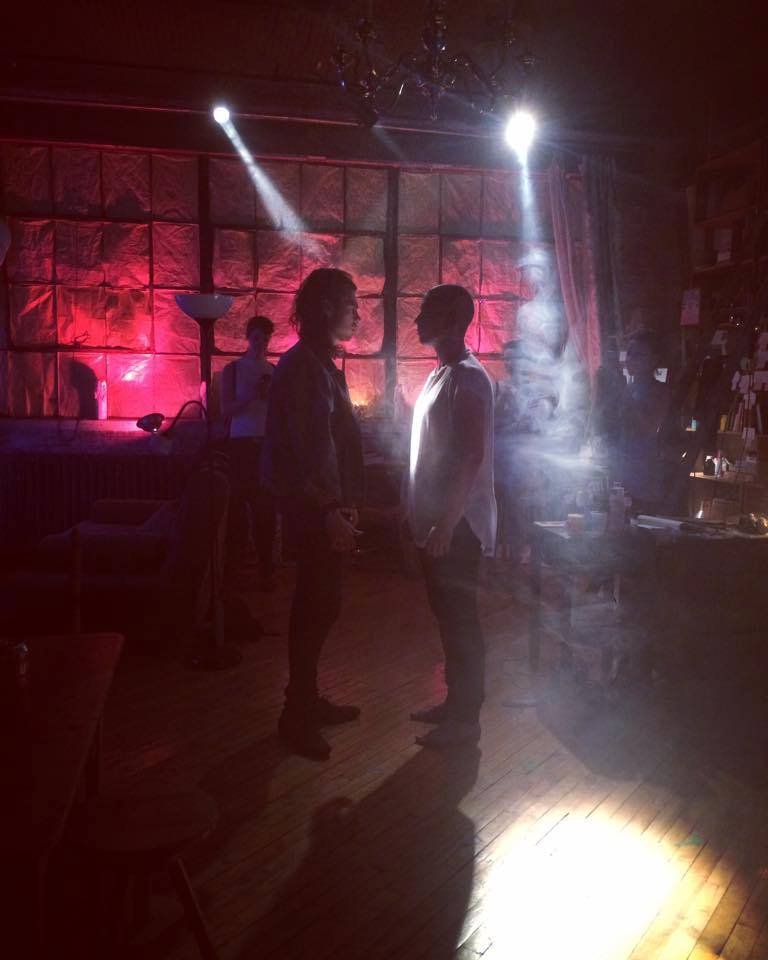













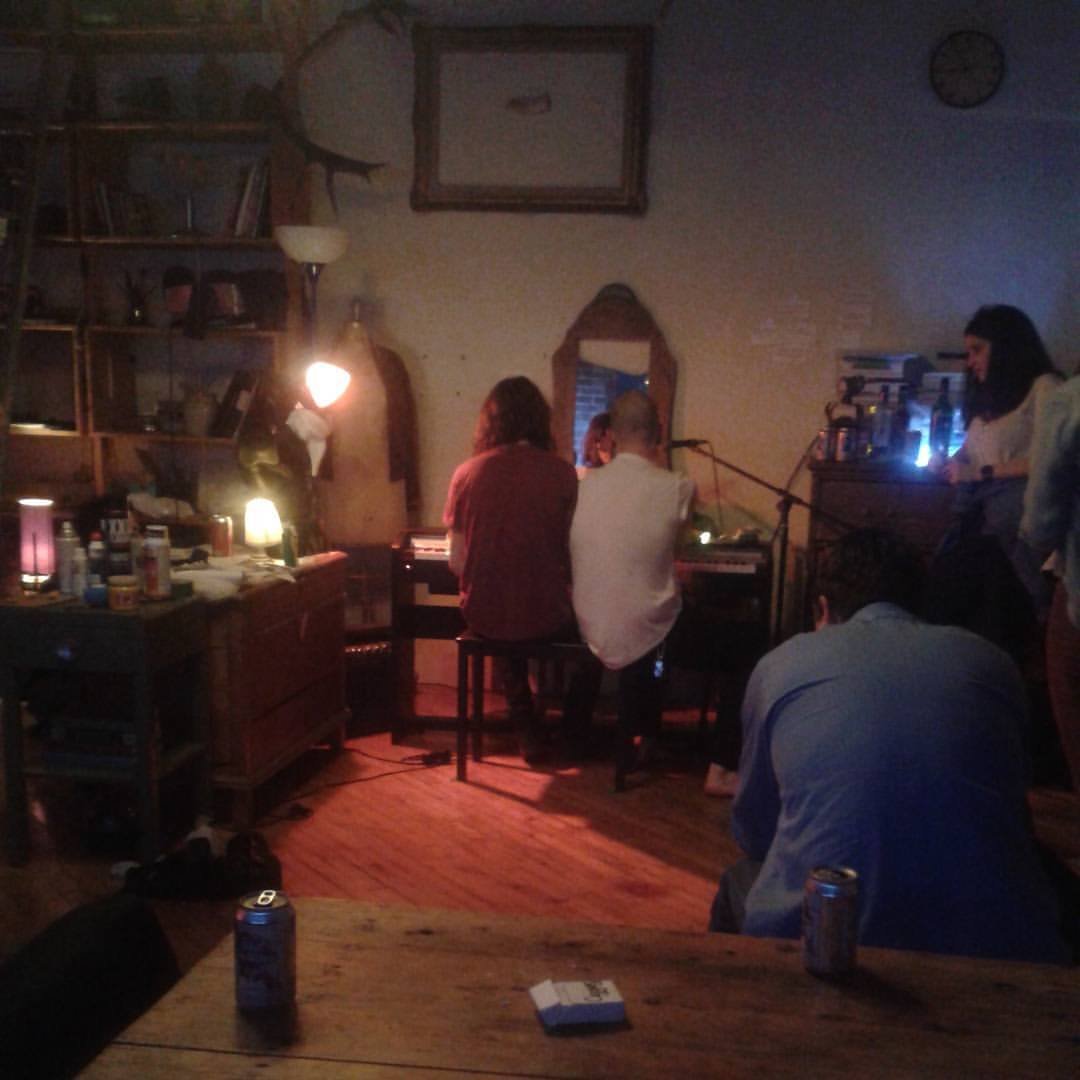
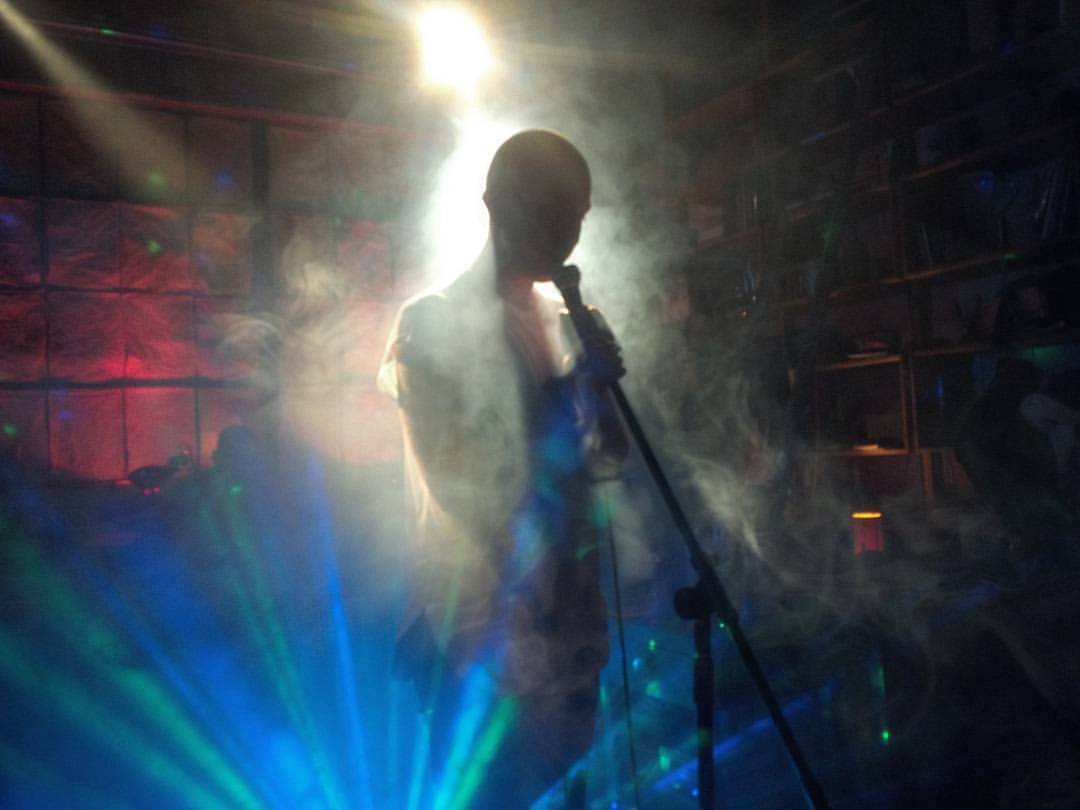










Lethal and Young
Toronto, ON - 2016
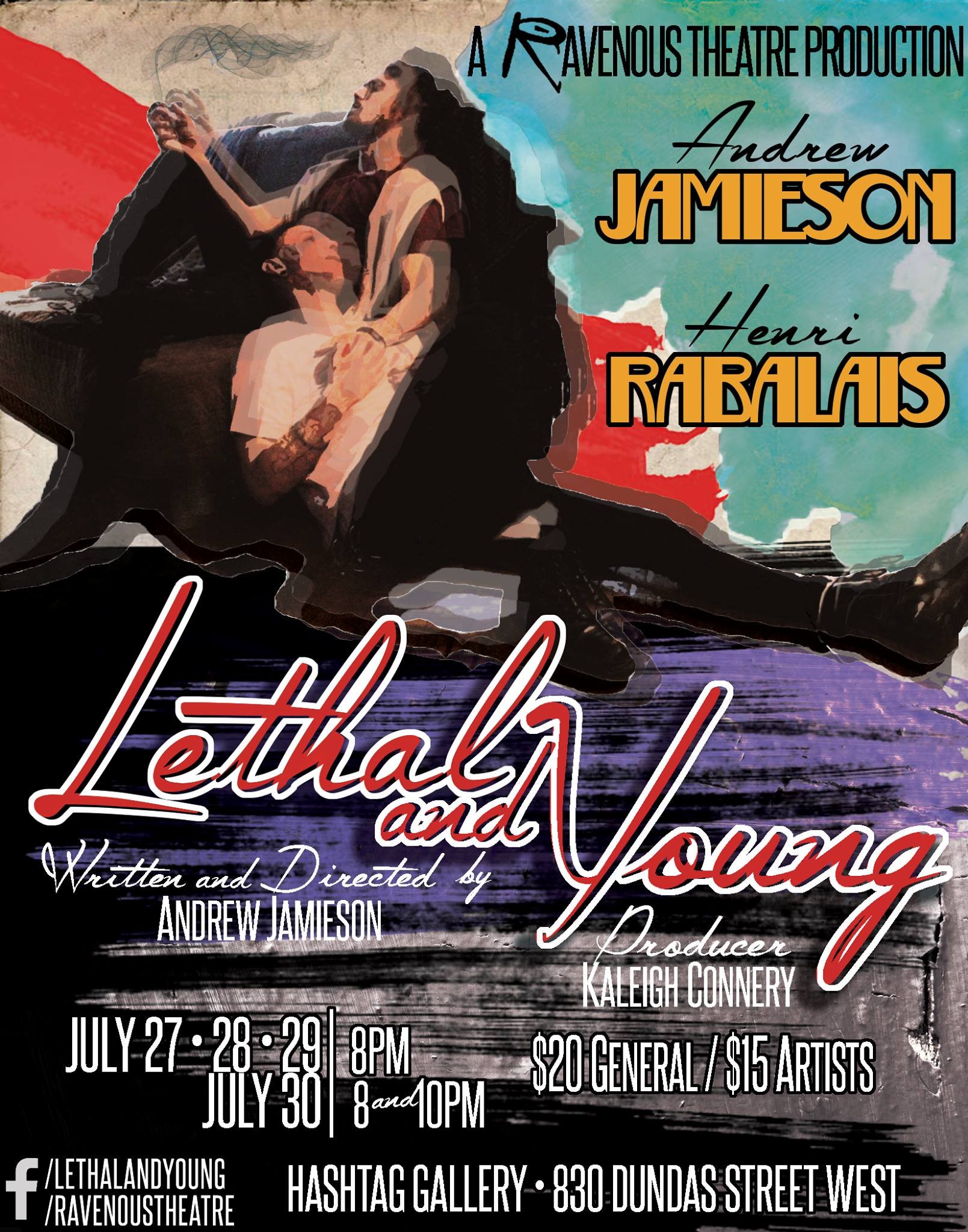
















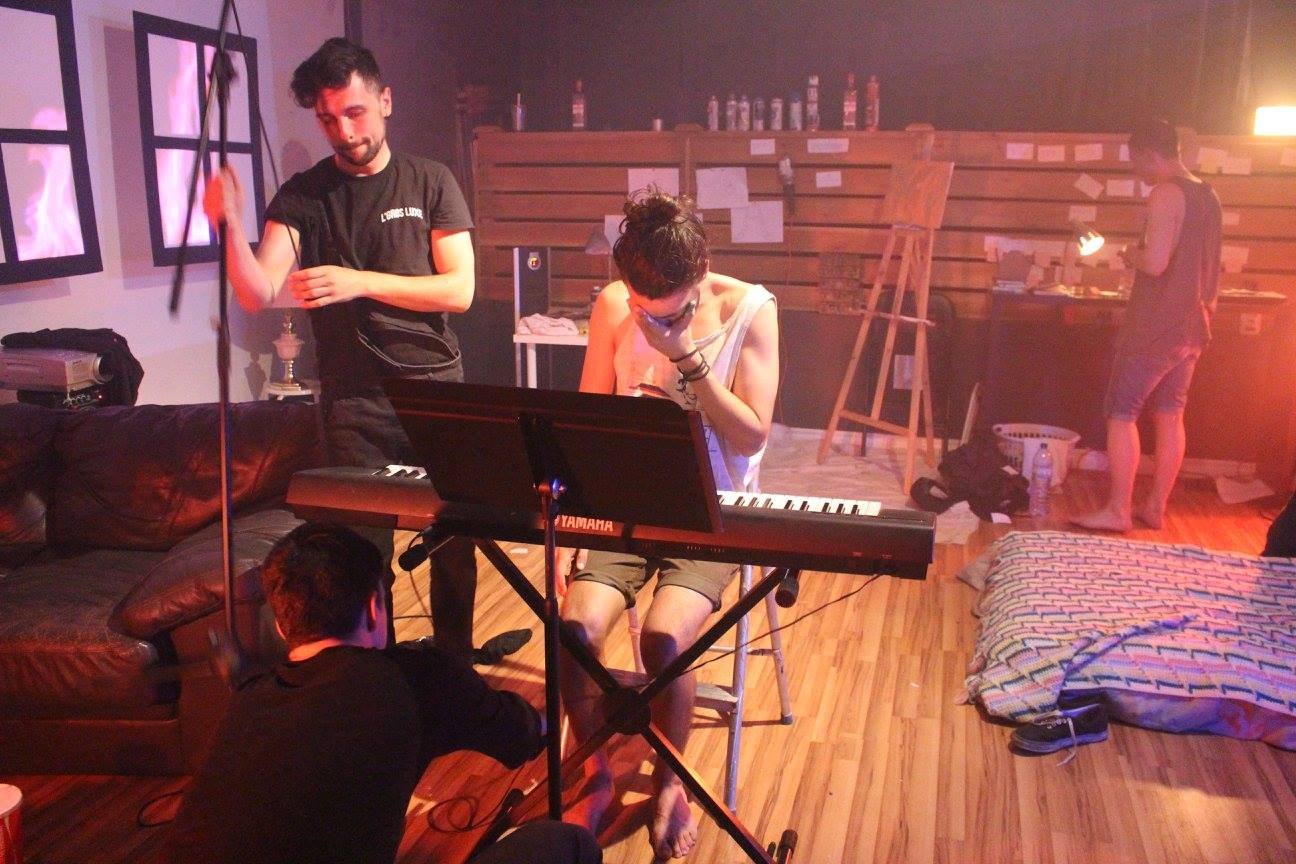

Andrew Jamieson’s Who’s Afraid
Montreal, QC - 2017














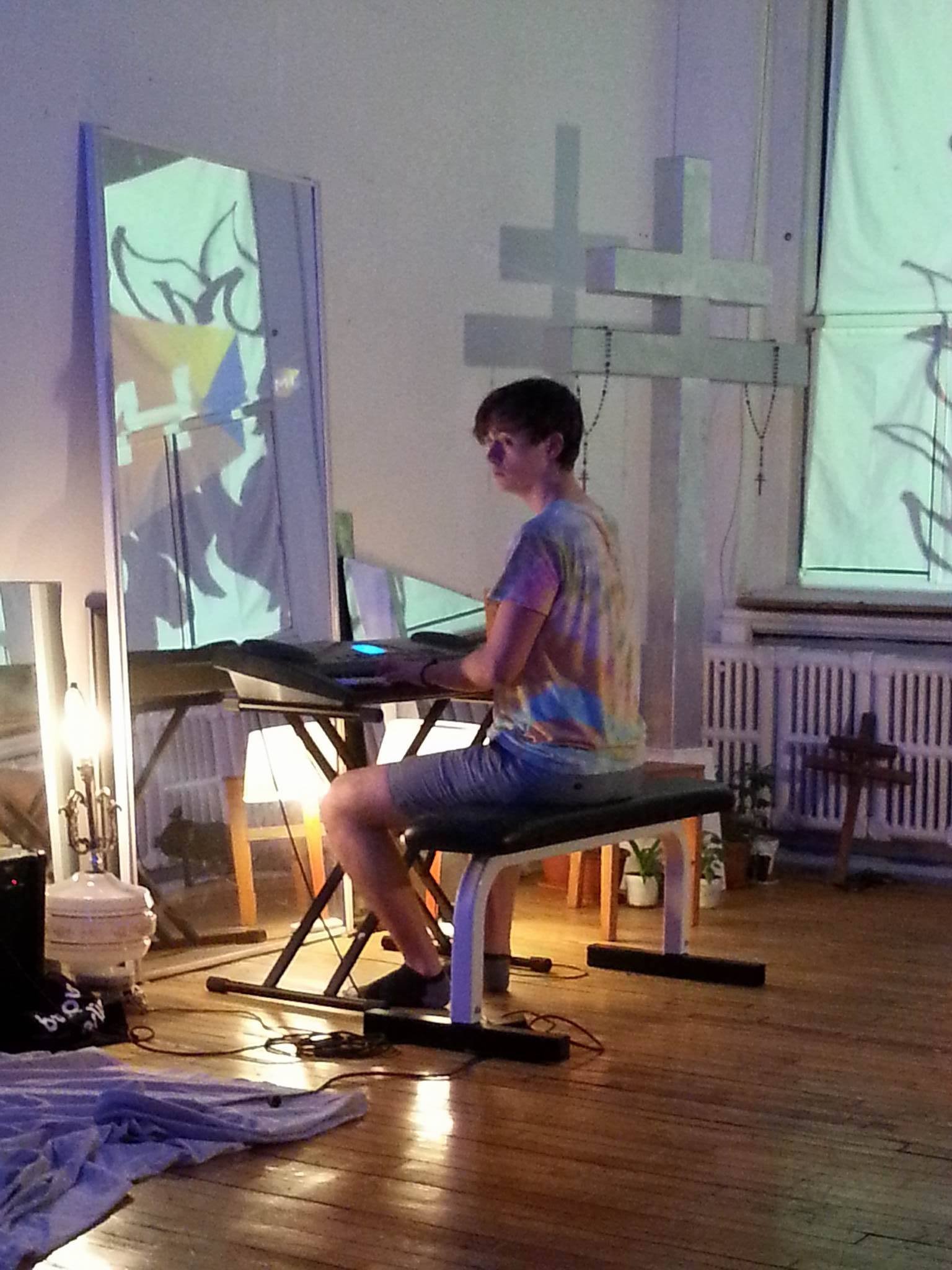

Andrew Jamieson’s Who’s Afraid
Montreal, QC - 2018


















The following video was filmed with a 360-Degree camera during a performance of Who’s Afraid at Godberd in 2018.












